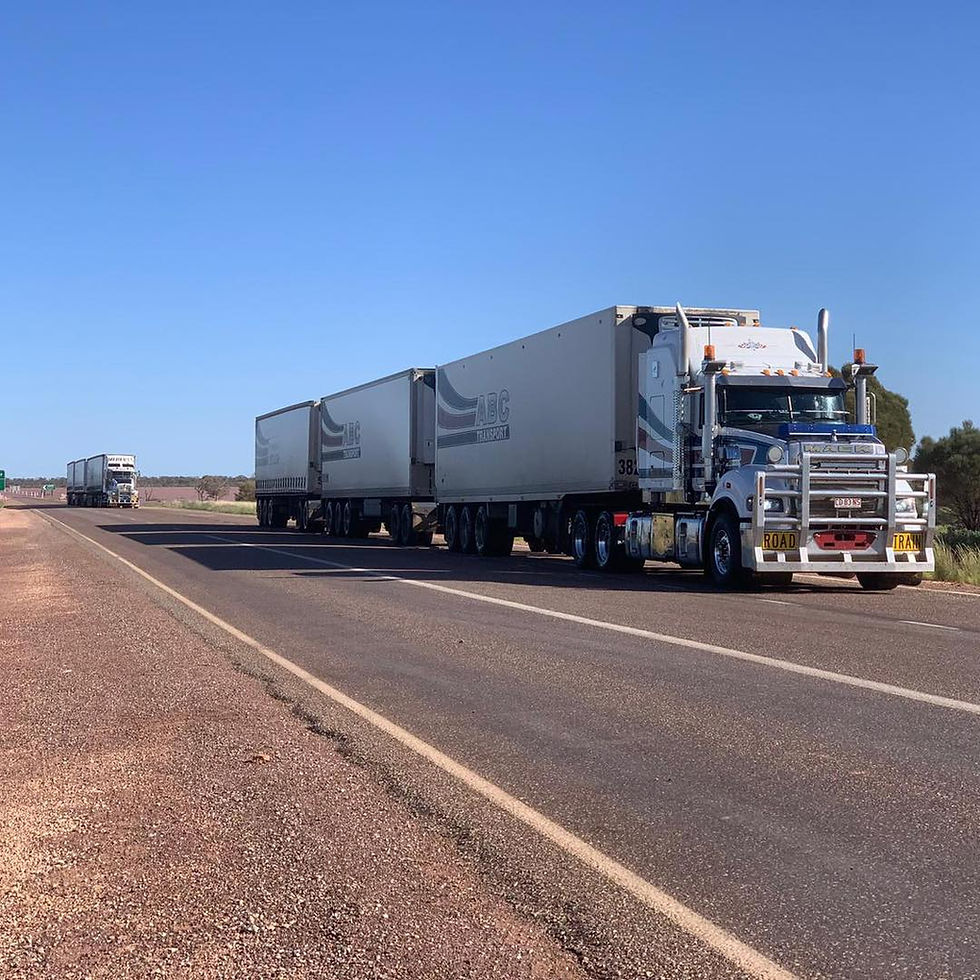Labor weaponises the whinge on pandemic exit plans
- John McDonnell
- Jul 4, 2021
- 3 min read

On Friday the prime minister announced a roadmap out of the pandemic-induced restrictions on the lives of Australians. It was a response to the demand of the Labor premiers, in national cabinet, for a fifty per cent reduction in the cap on returning Australians.
Seats for returning ex-pats and foreign visitors on commercial flights will be cut in half but the number of government-funded mercy flights coming through the Darwin quarantine facility will be increased.
National Cabinet has agreed to four phases that would take Australia out of the pandemic. It also agreed to a number of new measures:
Slashing the number of arrivals allowed into Australia by 50 per cent to 3,085 per week
Increasing Commonwealth-facilitated flights to Australia
Experimenting with alternative forms of quarantine like seven-day home quarantine for vaccinated travellers
Developing digital ways of verifying a person's vaccination status
Mr Morrison said lockdowns would only be entered into as a "last resort" in the first phase and would be avoided in the second phase — however, he did not clarify whether an agreed standard of "last resort" had been decided.
Phase two will see greater freedom of movement of Australians domestically. Graduation to phase two will be dependent on the level of vaccination protection based on a formula to be determined by the Doherty Institute.
Phase three will see an end to lockdowns and an opening of national borders. and phase four will see a return to normal.
The changes will be reliant on vaccination rates, sending a clear message to Australians that eased restrictions and a post-COVID world are directly linked to their choice to get vaccinated.
Chief Medical Officer Paul Kelly has been tasked to work with experts at the Doherty institute to come up with vaccination thresholds that can be tied to each stage.
The problem with the plan is that there is no binding commitment on the states. The Labor states have already indicated that the benchmarks for movement from one phase to another ‘is subjective’. As The Australian’s Paul Kelly has pointed out, the states could impose lockdowns in the middle of next year’s election campaign.
Labor's preparedness to politicise the pandemic was demonstrated by the reaction to the prime minister’s reminder that people under 40 could get the Astra Zeneca vaccine if they discussed it with their G.P. Queensland premier Palaszczuk and her chief health officer, Jeanette Young, accused the commonwealth of threatening the health of young Queenslanders. Moreover, they were prepared to use false data to support their contentions. All of this seemed contrived to assist Anthony Albanese with his attack on the vaccine roll-out.
The politicisation of the vaccination program does not augur well for the policy reform that is outlined in the second plan, The Intergenerational Report. This five-yearly 'IGR' shows that in forty years’ time Australia will be older, smaller and poorer than previously predicted.
Ominously, the IGR shows that Australia will be unable to afford the current level of social services unless labour productivity growth can be sustained at 1.5 per cent a year for the next forty years.
This requires extensive reform and Labor will need to co-operate if it is to be successful. But at the moment, Labor is so desperate to win the next election that it is prepared to undermine any attempt at reform by weaponising the whinges of people who think they will be hard done by in any reform, even if this is not the case in reality.






Comments